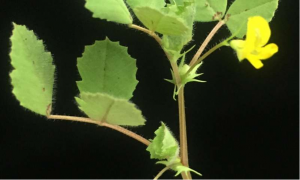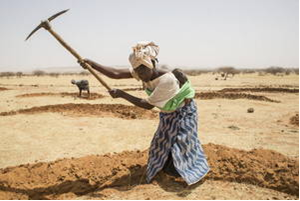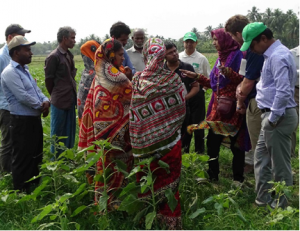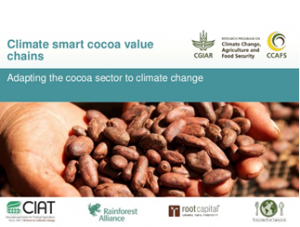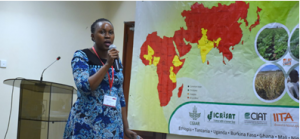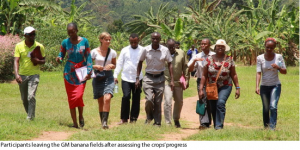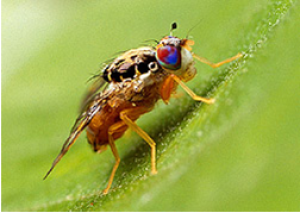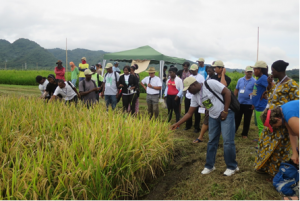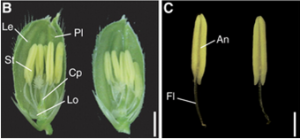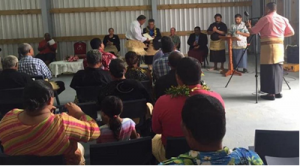|
Groundcherry Gets Genetic Upgrades Through CRISPR
Wednesday, 2024/08/07 | 08:22:24
|
|
For more than six years, Dr. Joyce Van Eck at the Boyce Thompson Institute (BTI) has led a team of scientists in the “Physalis Improvement Project,” working to transform groundcherry from a garden novelty to a mainstream crop that could one day be a common sight alongside blueberries and blackberries in grocery stores.
The sprawling growth habit of groundcherry plants makes them hard to manage. They also drop their fruit to the ground when ripe (hence the name), which makes harvesting difficult and increases the risk of contamination from soil-borne pathogens. Using CRISP-Cas9 gene editing, the team made precise changes to the plant's DNA. By tweaking specific genes, the researchers have created groundcherry plants with a more compact growth habit, making them easier to cultivate. They've also increased fruit size and are working to keep the fruit attached to the plant longer for easier and safer harvesting because the fruit doesn't have to be gathered up from the ground.
The research on groundcherry's unique traits, such as its paper lantern-like covering (inflated calyx) and fruit abscission mechanisms (the process by which a fruit separates from its parent plant), provides insights that could help improve related crops. Groundcherry's dual role as a crop and model organism highlights its scientific and practical significance. The research team is also exploring how groundcherries naturally resist certain insect pests.
For more details, read the article in BTI News. See https://www.isaaa.org/kc/cropbiotechupdate/ged/article/default.asp?ID=20931
|
|
|
|
[ Other News ]___________________________________________________
|

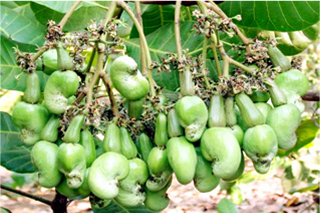
 Curently online :
Curently online :
 Total visitors :
Total visitors :
